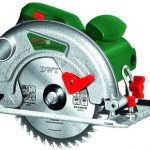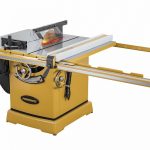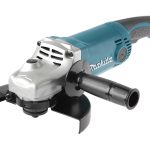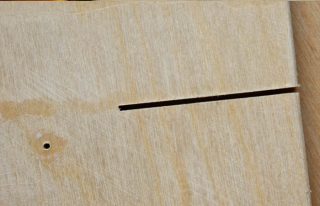Plywood is produced in the form of sheets with rather large dimensions. When decorating walls, laying floors, the material must be cut. Wood boards are easy to cut and saw, but there are many subtleties here.
Why you need to cut plywood

Plywood is used in many construction and renovation jobs. In addition, it is the safest and easiest to use option for making home furniture, especially for children. Sheets have to be sawed, cut, bent and cut.
The complexity of this work lies in the arrangement of the material. In conventional wood, the fibers are oriented in one direction, which makes it easier to work, allowing you to choose the right tool for each direction. In chip material fiber has no orientation in fact, the user has to deal with a relatively homogeneous composition.
Plywood - multilayer wood-laminated board, in which the wood fibers in each layer are oriented perpendicular to each other. When sawing the tool works simultaneously with several planes... This makes it very difficult to work, especially manually. You have to put in more effort. The cut is often uneven, chipped... This property is especially pronounced in complex cutting, when it is necessary to perform rounding.

Choice of tools
To cut plywood without chips and cracks at home, use hand and electric tools... In the first case, physical effort is required, so such work is rather tedious. However, the electric option can not always be used. The power tool causes the material to heat up and heats up by itself, which is undesirable with a large thickness. Not every model is suitable for cutting plywood. A good jigsaw or file is not cheap.
Hand tool
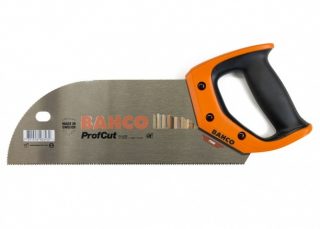
Whichever tool is used for hand cutting, the job will have following features.
- Labor intensity - due to the different directions of the fibers, cutting is difficult. It will take more effort to cut a plywood sheet than to cut an OSB board of the same thickness. This is especially noticeable when working with a hardwood sheet.
- Important is correct fix the plate... The blade is placed on 2 stops to avoid pinching during cutting.
- Hand tool you can cut a workpiece of any shape from the material... This is the main advantage of this method.
The choice of hand tools is very limited. Cutting plywood requires a knife with fine, well-sharpened hard metal teeth and minimal setting. The teeth should not have a clear direction, otherwise the hacksaw will not overcome multidirectional fibers.
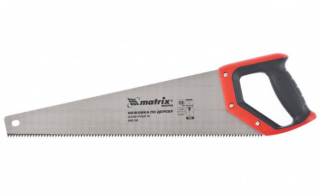
The choice comes down to 2 options.
- Special file for plywood - equipped with fine and fine teeth. They provide the smoothest cut, but do not speed up work.
- Fine-toothed standard hacksaw for wood... It is recommended to take a model designed to work with plastic and laminate.A hacksaw can cut large sheets into fragments of any size.
Most suitable for cutting complex-shaped parts manual jigsaw... Small teeth allow you to work with multi-layer material, and the fineness of the blade and the design of the tool - cut parts in any area, including the central one.
When working, you need to monitor the sharpness of the teeth. After a while, it is recommended to grind with a fine abrasive.
Power tool
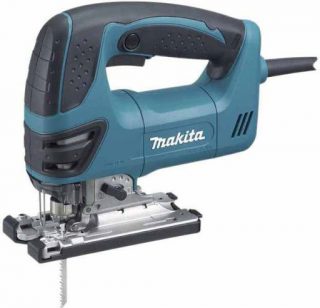
The electric tool allows you to cut slabs much faster. But when choosing here too you need to take into account the peculiarities of plywood.
- Preferable models specially designed for cutting plywood, in any case, they provide the best result.
- The teeth can have different directions - this is allowed. Depending on the placement of the cutting blade, one side of the slab is perfectly flat, but chips may appear on the other.
- It is allowed to use a hacksaw for metal... But in this case, the work takes a lot of time, since too small teeth are quickly clogged with chips and the tool has to be cleaned often.
With the help of a power tool, you can also make a figured cut. However, when cutting thick sheets, this becomes difficult.
List of available power tools:
- Jigsaw - to cut plywood, you need a model with a power switch so that you can work with material of different densities. A jigsaw with an adjustable thrust platform is preferable. This makes it easier to make a precise cut. If the device does not have such a function, choose models with an absolutely flat area.
- Electric plywood saw - saber or disk. The first replaces a jigsaw in cases where you need to work with a small amount of material. The disc is used for cutting large batches. A circular saw requires small carbide-tipped bits. Its big plus is the ability to adjust the immersion depth. This minimizes the number of chips. Negative: only straight cuts can be made with a circular saw.
- A circular saw - the rotating disc is fixed on the table. In this case, it is not the tool that is moved, but the sheet is fed onto the cutting disc, which is more convenient. For plywood, special discs with a fine tooth are needed - at least 160 pcs. 5 cm. When working, you must use a stop.
- Bulgarian - used for cutting, as it allows you to make a straight cut in any direction. However, it is not very convenient to hold the grinder in your hands all the time. Therefore, it is used with a small amount of work. To cut the plywood, a circular disk is placed on it.

What to choose depending on the purpose
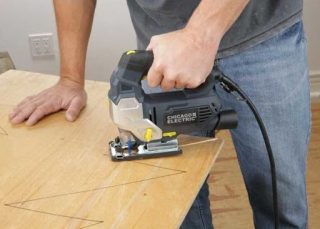
Select an instrument depending on the following parameters.
- Workload - if it is required to cut sheets for covering 4 rooms, it is impossible to handle it manually. Use a circular saw or electric circular saw.
- For straight cutting any option will do. Curly cut is more difficult to make. The power tool is too fast and complex cutting paths require careful attention.
- The thinner the material, the smaller the teeth should be at the file and the less the wiring. When cutting thick sheets, the teeth clog up too quickly, so a slightly larger set is preferable.
- Cuts in thick slab or laminated perform with a power tool. It is better to put a special file. You can use a metal file, but this option will need to be cleaned frequently.
A perfectly straight cut of the most complex configuration is obtained by laser cutting. The machine with milling cutters also provides excellent results.However, such equipment is much more expensive.
How to cut plywood yourself
To get a smooth, clean cut, you must carefully follow the instructions and follow the cutting technology.
How to make the perfect cut
When working with a jigsaw or saw there is a gap between the saw blade and the pressure pad. The smaller it is, the less likely the top layer of plywood will break off and chip away. Reduce the gap by attaching a slip plate to the sole. The plate has slots along which the plywood is cut.
The overlay is changed every 5 meters of the cut. If you take a plate made of metal or fiberglass, replacement is performed less often.
The back of the plywood is protected with adhesive tape. The material is glued along the length of the cut and the cut is made. Ordinary tape is not good for this. Looking for tapes with aluminum or fiberglass reinforcement. The width of the tape should exceed the width of the cut by 2 cm. After cutting, it is disconnected, very carefully so that the separation of small fragments, which are inevitable during cutting, does not lead to chips and chipping.
How to cut plywood without chips
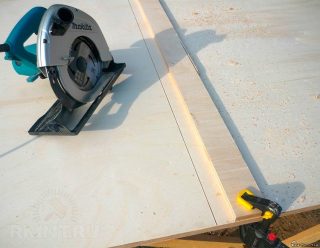
To avoid cutting defects, follow these guidelines.
- When using a hand-held circular saw the minimum number of teeth is set... The cutting part protrudes no more than 5 mm.
- Instead of taping plywood is moistened before cutting... This also reduces the number of shards.
- When working with an electric saw the cutting part is brought to the material already turned on... If you run the disc directly into the sheet, the teeth tear the fibers.
- You need to move the saw evenly with the same effort. Pressing too hard will cause creases and burns. If you move it too slowly, the cut is uneven.
Necessarily used stop railto avoid disc vibrations.

